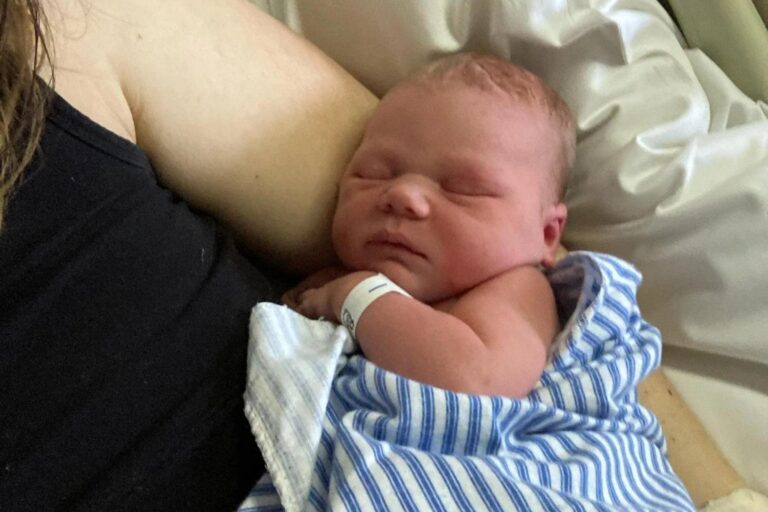Labour Progress And What You Need To Know
Are vaginal examinations the only way to determine labour progress? It's the most common way, but there are plenty of other less intrusive ways.

Are vaginal examinations the only way to determine labour progress?
I received an email from a mother-to-be with several questions. One being:
"The midwife will visit us at home when I'm in labour to give us an idea of when we should head into the birthing centre. If I decline examinations, how will she be able to determine if I'm ready to go in or not? (I'd like to try and avoid being sent home!) "
This is a very common question, and I'm often seeing this offer from midwives more and more, even once expectant mothers are at the place of birth like a hospital.
Is it a good thing? Well, that depends if by only performing a vaginal exam is the only way a midwife is using to determine your labour progress.
There are many ways to determine how labour is progressing, and a lot of them are about observing the labouring woman. A care provider cannot do that if she is just popping in for a quick check.
So how can you tell if labour is progressing without a vaginal exam?
- SURGES – Are they getting closer together, longer, more intense etc. I am not a fan of continuous timing of surges, as you can become fixated on how long your labour is going, but rather intermittent timing of every hour for 10 mins, or even better, you and your support person will notice that the gap between surge is less or they are lasting longer.
- EMOTIONS - Emotions often change for the birthing woman as labour progress. It could be saying things like, “I can’t do this anymore.” Or “I want this to stop”. Signs like this often indicate that woman is in transition. (in-between thinning and opening to birthing). One thing to remember is that not all HypnoBirthing women will have this emotional moment, so it's important to also look for other observational signs.
- SOUNDS – Birthing women don’t have to be noisy or quiet, often any noise that a woman makes during contractions is completely instinctive, it may start as a moan and as labour progresses, a deeper guttural noise. Again, some people (like some of the birth videos we watched in class) are really quiet birthers pretty much all the way through and if you are only relying on noises to determine progress this may trick you. But many will start vocalising as dilation progresses.
- SMELL – Birth has a distinct smell. It is a little hard to describe but I think it's a nice sweet smell (that makes me sound like a complete birth nerd weirdo, but I find it like that and makes me excited that birth is nearing.) When does the smell appear, in my experience, it starts around 6 or so centimetres.
- PURPLE LINE – The purple line appears in about 75% of women and it is a line that extends from the anus up between your bottom cheeks. As labour progresses, the line grows until it reaches the top of your ‘butt crack’, this is because of the pressure that changes as the baby moves further down into the pelvis. Longer line = greater dilation
- RHOMBUS OF MICHAELIS – is the kite shaped area over the lower back that includes the lower lumbar vertebrae and sacrum. It is believed that this area of bone moves backwards during advanced labour, pushing out the wings of the ilea and increasing the pelvic diameter to allow the baby to descend with as much space as possible.
Remember that just because it is policy to have a vaginal examination doesn't mean that you have to.
Knowledge = power.
--
Read more articles and stories by going to our articles page.


